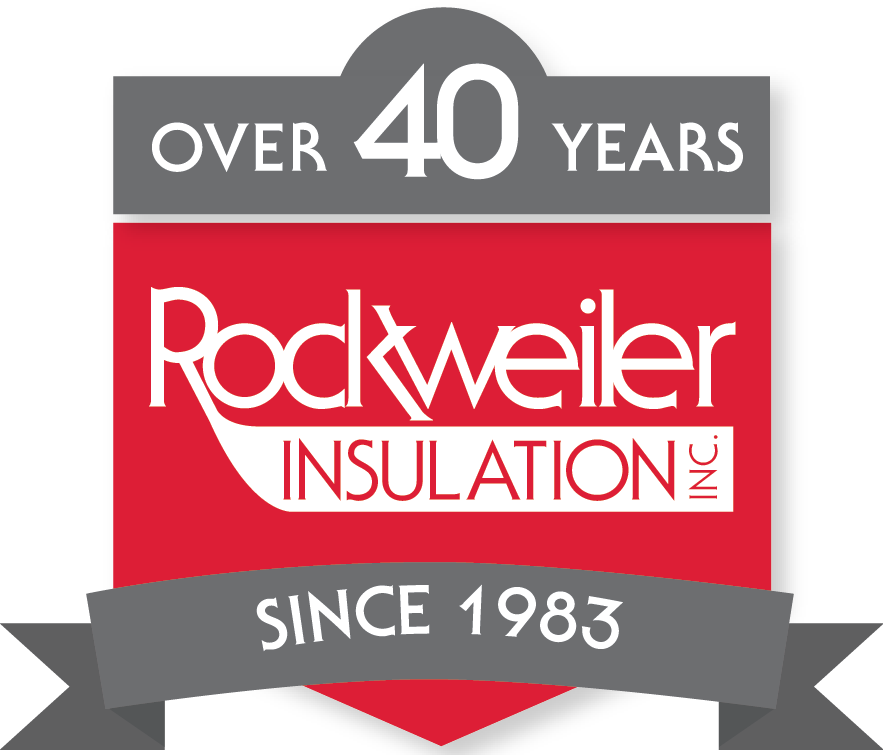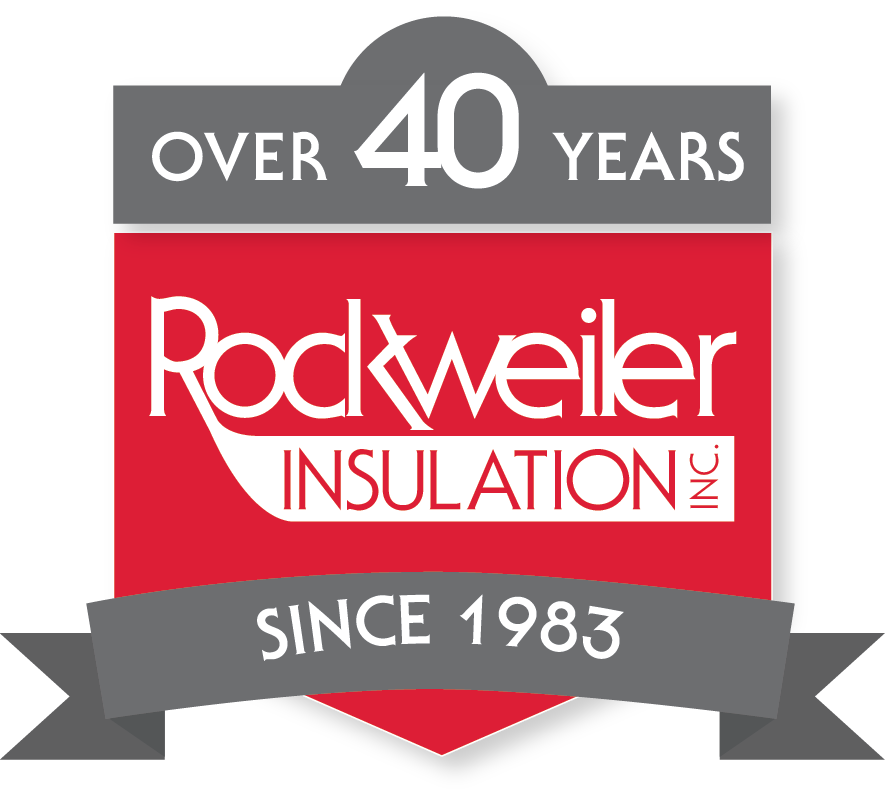Updated February 2024
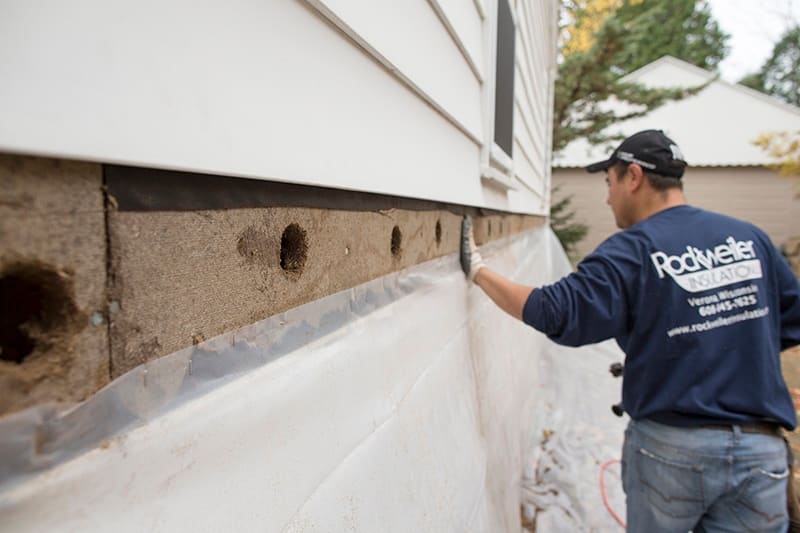
When winter blankets Wisconsin with its characteristic cold and snowy embrace, ensuring your home remains warm and cozy becomes a priority. Having a properly insulated home in the Badger State isn’t just a luxury, but a necessity, where frigid temperatures can plummet below zero. While many homes may have attic insulation, overlooking your sidewalls could mean your home still feels drafty and your energy bills remain high. Let’s delve into why adding insulation to the exterior walls or sidewalls of your home is crucial for Wisconsin homeowners and how it can lead to significant benefits.
Winter Warriors: Why Wisconsin Homes Need Insulated Sidewalls
Our winters are notorious for their bone-chilling temperatures, and older homes, especially those built prior to 1960, often lack proper insulation in their sidewalls. Traditionally, these existing homes were only insulated in their attics and basements, leaving their exterior walls vulnerable to heat loss. As a result, valuable home energy and warmth escape through the uninsulated sidewalls, forcing furnaces to work overtime to maintain a comfortable indoor temperature. This inefficiency drives up energy costs and contributes to the perpetually drafty feeling in living spaces.
Unlocking Winter Wonders: Big Benefits Wisconsin Homeowners Will See
Fortunately, adding insulation to your sidewalls offers a myriad of benefits for you as a homeowner. By improving your insulation value and thermal performance, you can enjoy significantly warmer interior walls during the coldest winter months. With estimates suggesting a 15-19% drop in annual heating and cooling costs, investing in sidewall insulation not only enhances comfort but also yields substantial savings for you and your family. Additionally, having a properly insulated home will provide more stable indoor temperatures, reduce uncomfortable temperature fluctuations, and ensure a consistently cozy atmosphere throughout the year.
Choosing Your Armor: Understanding Your Insulation Options
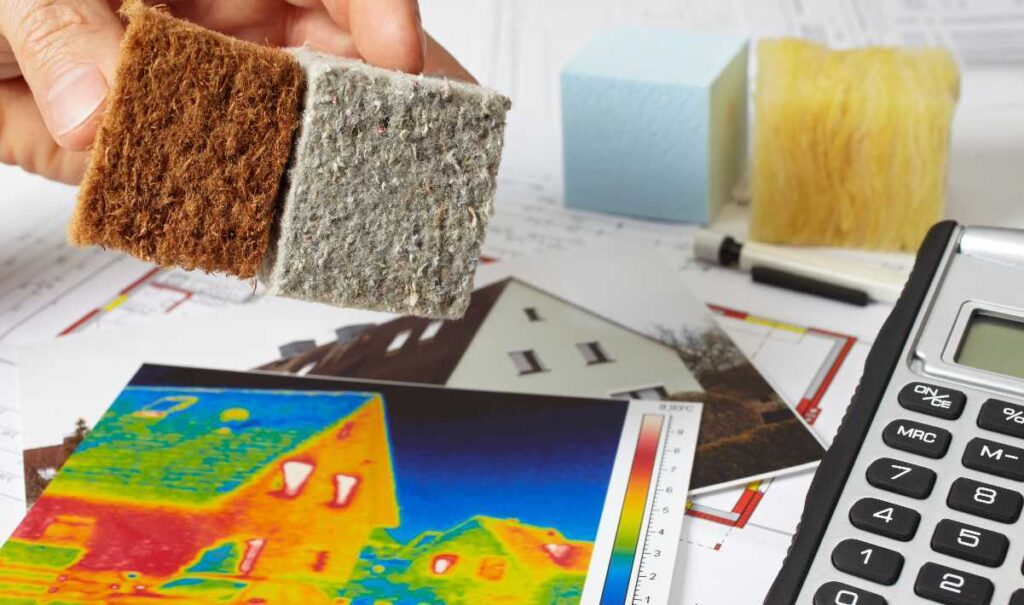
When it comes to insulating your home’s sidewalls, there are different options and types of insulation to consider. The most ideal time to add insulation to your sidewalls is during construction or remodeling, when the wall cavities are open. At that time, spray foam insulation can be directly sprayed into the stud cavities, providing excellent thermal performance and proper air sealing.
If your home is not undergoing renovations and doesn’t have any open wall cavities, you can insulate your home from the outside. After the existing siding is carefully removed, small access points are drilled into the wall exterior through which cellulose insulation is densely packed into the cavity. (Rockweiler Insulation’s Operations Manager, Brian Auman, walks you through the insulation process in this informative video on insulating sidewalls.)
Regardless of the chosen method, proper insulation and air sealing are essential for maximizing the energy efficiency and comfort of your home.
Money-Saving Magic: Leveraging Financial Assistance Programs
Creating a more energy efficient home can be a costly endeavor. You feel good about making positive upgrades to your home to better your energy usage and the planet, but it would be nice to be rewarded for doing the right thing. Good news! Aside from the benefit of lower energy bills, there are a variety of financial assistance programs, incentives, and tax credits available to help alleviate the financial burden of insulation upgrades.
Focus on Energy incentives cover a significant portion of project costs, with cash rebates totaling up to $2,550, making insulation services more accessible to Wisconsin residents. Additionally, federal tax credits through the Inflation Reduction Act are available until 2032. These credits will cover up to 30% of your energy efficient home upgrades, further incentivizing you and fellow homeowners to make important energy efficient home improvements.
Plus, with most homeowners seeing a payback on their initial insulation investment within five years, the decision to add insulation to the exterior walls of your home becomes not only practical but financially savvy.
Seal the Deal: Embrace Cozier Winters and Plentiful Savings with Insulated Sidewalls
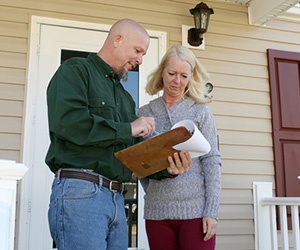
As winter settles in, insulating your home’s sidewalls is a proactive step towards maximizing comfort and savings. By addressing your often-overlooked exterior walls, you can mitigate drafts, reduce energy costs, and enjoy a warmer, more comfortable living environment. Whether you opt for blown-in cellulose, fiberglass, or foam insulation, the benefits of a properly insulated home extend far beyond the winter months, providing year-round energy efficiency and comfort. So, don’t let another winter pass by with a chilly home and soaring energy bills – insulate your home’s sidewalls today and reap the rewards for years to come.
At Rockweiler Insulation, local homeowners and builders have trusted us with their insulation needs since 1983. It’s our mission to create a more energy efficient Madison community and beyond, one home at a time, by putting our customers first and taking pride in our work. Contact us today to learn more about our exterior wall insulation solutions for your home.
